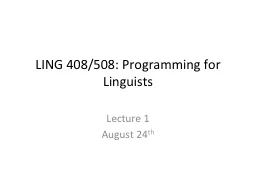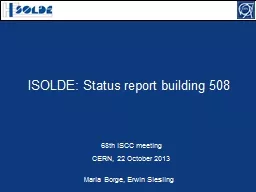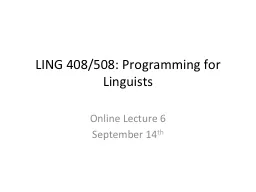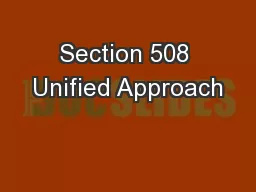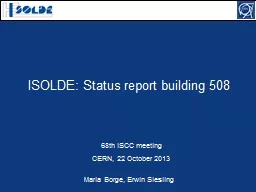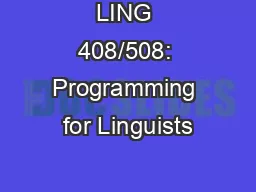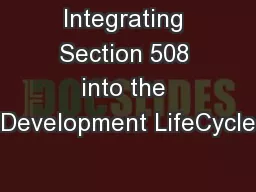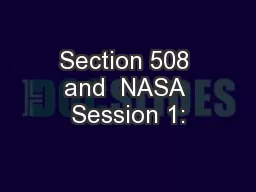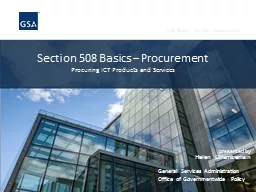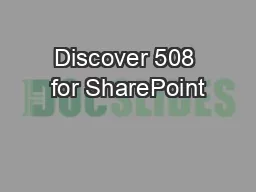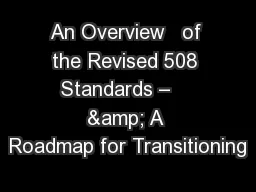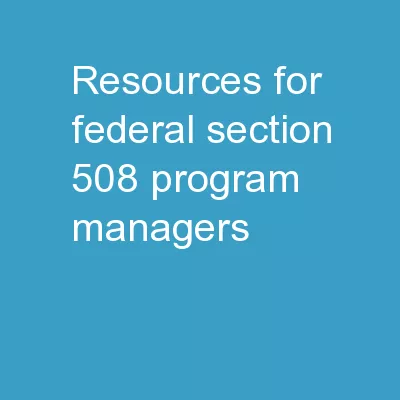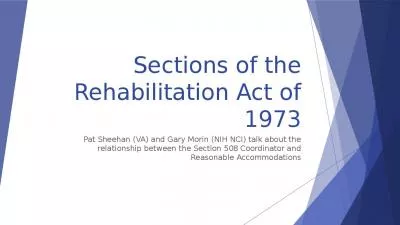PPT-LING 408/508: Programming for Linguists
Author : faustina-dinatale | Published Date : 2016-05-24
Lecture 1 August 24 th Administrivia Syllabus Introduction Quickie Homework 1 due Wednesday night by midnight in my emailbox I will assume everyone has a laptop
Presentation Embed Code
Download Presentation
Download Presentation The PPT/PDF document "LING 408/508: Programming for Linguists" is the property of its rightful owner. Permission is granted to download and print the materials on this website for personal, non-commercial use only, and to display it on your personal computer provided you do not modify the materials and that you retain all copyright notices contained in the materials. By downloading content from our website, you accept the terms of this agreement.
LING 408/508: Programming for Linguists: Transcript
Download Rules Of Document
"LING 408/508: Programming for Linguists"The content belongs to its owner. You may download and print it for personal use, without modification, and keep all copyright notices. By downloading, you agree to these terms.
Related Documents

